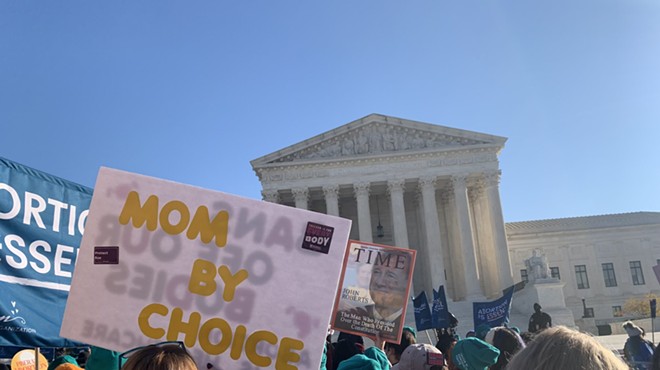Wednesday, September 23, 2015
Definite Maybe's From Ducey's School Finance Reform Council
Tuesday was the day Ducey's Classrooms First Initiatives Council was scheduled to release its preliminary recommendations for changing Arizona's school funding formula (Final recommendations are supposed to be presented December 22). The news out of the council is, there's not much news, only wisps and smoke trails. The council made some general pronouncements, but if the devil is in the details, the old trickster is hiding behind a curtain. The predictions I made yesterday hold up pretty well, but that's not saying much because, well, the council didn't have much to say.
Here are some take-aways.
Changing the funding formula to create "equity" between district and charter schools is one of the key goals of the group. How are they going to do it? No clue. Equity is very much in the eye of the beholder on this issue. The charter folks definitely want more money while the district folks know more for charters means less for them.
There's no telling where the issue of special education funding is going. Maybe the council wants more funding overall. Maybe it wants to recalibrate the formula to make sure districts are properly reimbursed for the extra costs of educating these students. Maybe it wants to remove the targeted special funding for students who have less severe special needs like high functioning students with dyslexia or speech impairment and just fold that money into the overall per student funding. When the council talks about "special education," is it including funding for ELL students? It doesn't say.
The council is definitely pushing for more money for schools with an "A" grade from the state. Oh, and if "B" or "C" schools are showing progress, they can get some extra money too. This is the most blatant funding shift from schools in low income areas to schools in high income areas, since the schools in high rent districts get the vast majority of the "A" ratings, not because their staffs are better or harder working but because their privileged students tend to be high performers by definition.
Another move is to reward top rated schools by giving them more latitude in the areas of auditing and procurement. If I'm reading this correctly, the end game here is to let highly rated charters be even less transparent about how they spend their money than they are now and to make it even easier for them to buy supplies and services from their friends. Audit and procurement policies for districts are reasonably strict already and probably wouldn't change much with the new rules, but charters are nearly opaque in those areas, especially charters that are either for-profit or funnel most of their money to for-profit Education Management Organizations (See: Invisible Hand of the Marketplace).
The council wants to encourage schools to have experienced teaching staff while it also wants to get rid of extra funding for districts with experienced teachers. Since experienced teachers cost more, eliminating the extra funding would encourage schools to hire inexperienced, lower salaried teachers. I'm not sure how they plan to square that circle.
If you want more details, see what you can glean from stories by reporters Howard Fischer, Alia Beard Rau and Jeremy Duda.
Bonus "It's All About Helping Poor Kids" Feature. In my Monday predictions, I said I thought the council would couch its recommendations in language saying it's all about helping poor kids. So far as I can tell, it didn't, but then again, it didn't really make any concrete recommendations. But former Ed Supe Lisa Graham Keegan, who has been a driving force for changing the funding formula for years, went there. In an op ed, she advocated for giving more money to A-rated schools. She calls the extra cash "an 'achievement weight' for highly performing schools." High state grades, she says, are the result of "the same basic fundamental factors: excellent leadership by the principal or lead teachers; high quality teaching paired with high expectations; and disciplined work." Never once does she mention the direct correlation between high income students and high achievement scores, but she talks about low income students four times, including spotlighting an A-rated school filled with low income students. I expect the Classrooms First Initiatives Council to fold some of Graham Keegan's language into their final recommendations.
Tags: Classrooms First Initiatives Council , Education funding , Lisa Graham Keegan , Charter schools , Special education














